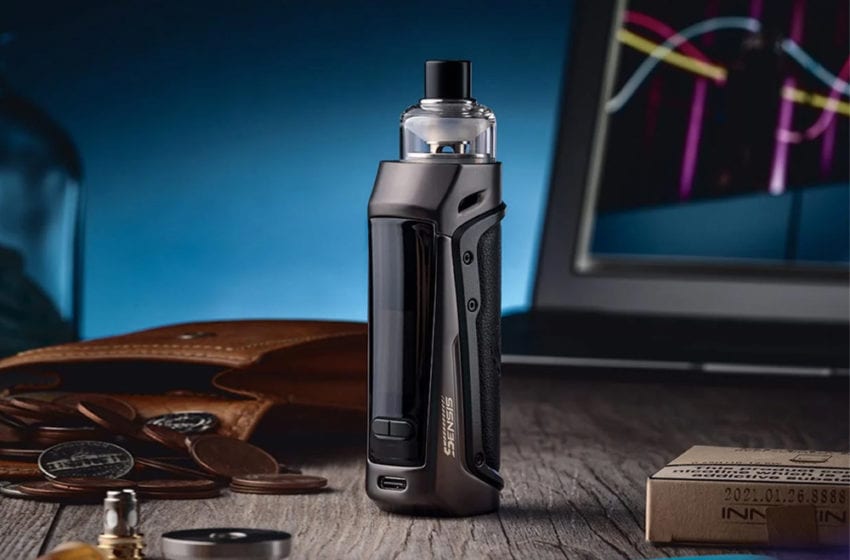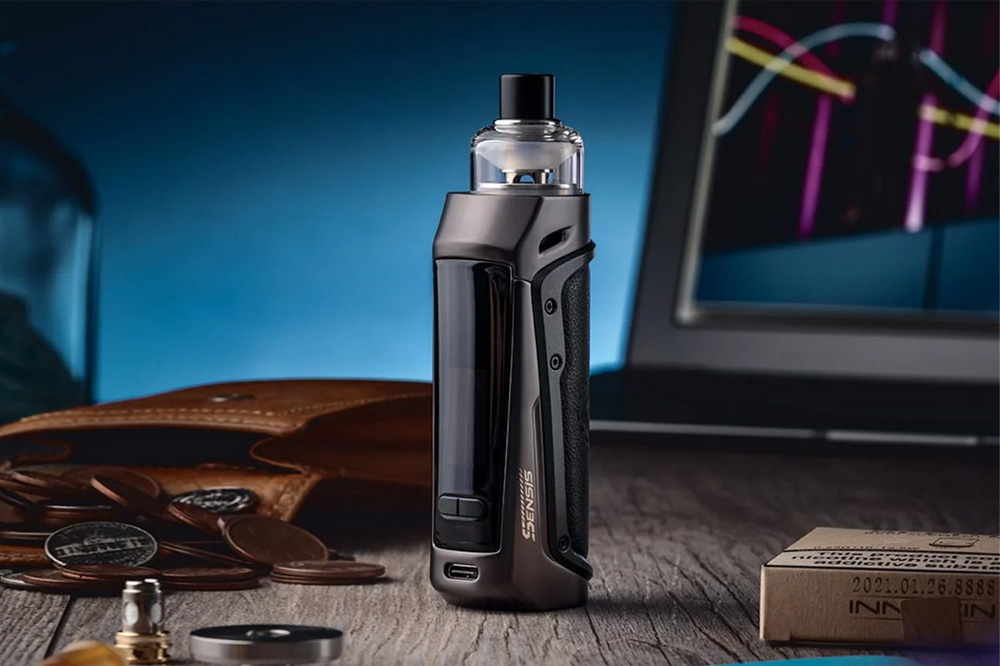Innokin Launches ‘AC’ Vaporizer
- Featured News This Week Now Available Technology
- March 24, 2021
- 0
- 4 minutes read


Innokin has teamed up with Fourier Technology to develop the Sensis, the first vaporizer with fourth-generation vape technology.
Whereas earlier generations of vaporizers used direct current to power coils in a single direction, fourth-generation vape technology uses alternating current mode (ACM) to send electricity through the coil in both directions.
“Our goal in developing alternating current mode is to provide vapers with an even better experience and the vaping industry new ways to grow and improve,” said Meredith Zhao, chief technology officer at Fourier Technology, in an Innokin press note. “We are looking forward to working with experienced users to discover the full potential of this exciting new vape technology in the hope of working together to create a smoke-free future.”
According to Fourier, ACM introduces waveform frequency control to vaping. Vapers can now adjust the hertz frequency waveforms as well as the wattage output. This upgraded output provides many advantages over the previous generation’s single direction current.
By selecting different types of waveforms and adjusting the frequency, the full spectrum of flavors can be produced from liquids and specific flavors can be enhanced.
Our goal in developing alternating current mode is to provide vapers with an even better experience.
ACM increases the efficiency of heat transfer between the coil and liquid, which improves flavors, extends coil life and much more.
ACM has been shown to help extend coil life by increasing coil saturation and reducing carbon buildup on coils.
According to Innokin, the Sensis demonstrates the great progress that has been made in vapor technology.
The industry distinguishes four generations of technology. First-generation vape technology was basic, where direct power output to the coils could not be adjusted. With the push of a button, or by simply inhaling, the battery heated coils, changing the liquid into vapor to deliver nicotine and flavors.
Second-generation vape technology introduced variable voltage and variable wattage, where adjusting the power output to the coils increases or decreases heat to personal taste. With adjustable voltage/wattage technology, vaporizers became smarter and more user-friendly. The device chipsets read the coil resistance then automatically calculated power output to provide a safer, personalized experience across devices and tanks. The simplicity of variable wattage has made it the most widely used vape technology today, especially in intermediate and advanced e-cigarettes.
Third-generation technology with temperature control utilized more advanced chipsets and new types of coil materials. Designed to eliminate dry-hits and reduce potential harm from damaged cotton wicking, third-generation vape technology used resistance-temperature correlation to calculate coil temperature based on detected coil resistance. Due to limited choices of coil materials and coil performance issues, temperature control is not used as widely as wattage mode.
The fourth generation features ACM technology as deployed in the Sensis.